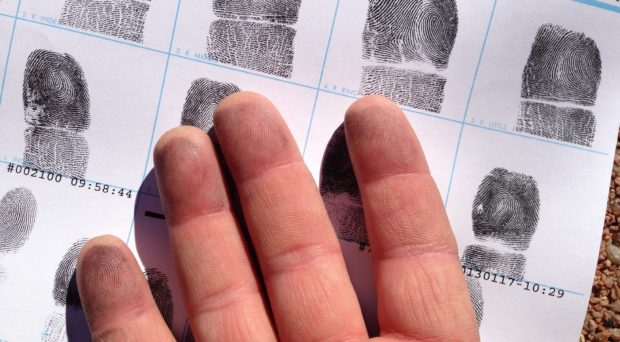
To this point in my research career, I’ve been fortunate to be a member of great teams. And I’ve learned a lot about how the research world works, or how it’s supposed to work, along the way.
I’ve learned to chip away at big questions in my field (health professions education) via the science of discovery. I’ve also learned to test and evaluate the field’s accumulated evidence and understanding via the science of application. I’ve experienced the difficulties of translating between these two important research pursuits.
Now I muse about how much evidence is needed before I can target policies for change.
And now as my research program grows and I wonder about the implications of my work out there in the real world, I realize there is potential to influence educational policy. Now I muse about how much evidence is needed before I can target policies for change.
I know I’m not alone in my musing. I’m inspired when I see other researchers working to change policies based on their research. How did they do that? What bar did they set for themselves before they pursued such change? And what bar do stakeholders and decision-makers set before they are convinced to implement the recommended changes?
Policy change, as I understand it, is attained via the push and pull of many factors and actors. Politics, evidence, money, and resources all play a role in policy transitions. The result is a challenging beast to study and understand.
The NCSBN National Simulation Study by Hayden and colleagues is a multi-institutional RCT that sparked a significant change in the educational policies related to how simulation is used in prelicensure nursing curricula in the USA.
The authors interpreted their results as providing substantial evidence for replacing up to 50% of traditional clinical nursing placement hours with simulation-based training. That’s a lot of change, to my mind!
Is one study enough to change how we deliver and organize education?
As I learned about this study and its remarkable impact, one question continued floating through my mind: “Is one study enough to change how we deliver and organize education?” I’m not so sure.
And I can only begin to understand the broader context of the NCSBN National Simulation Study. Sure, I’ve done my fair share of simulation-based research, and I’ve been a part of numerous systematic reviews of the literature on simulation-based training and assessment. But I’m not a nurse, a nurse educator, or a nurse regulator.
I wrote my editorial with the goal of starting a conversation about how we balance our science of discovery with the science of application. And I hoped to stimulate a conversation about how much evidence is needed to support policy change.
Where have you set your bar for translating research into policy change?
Comments